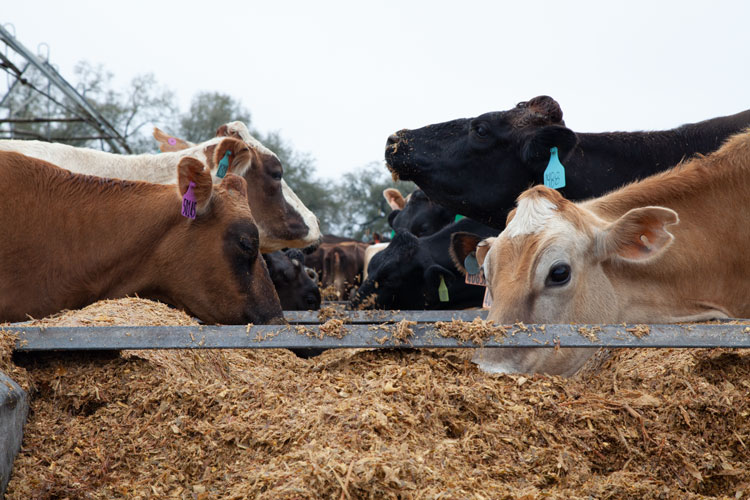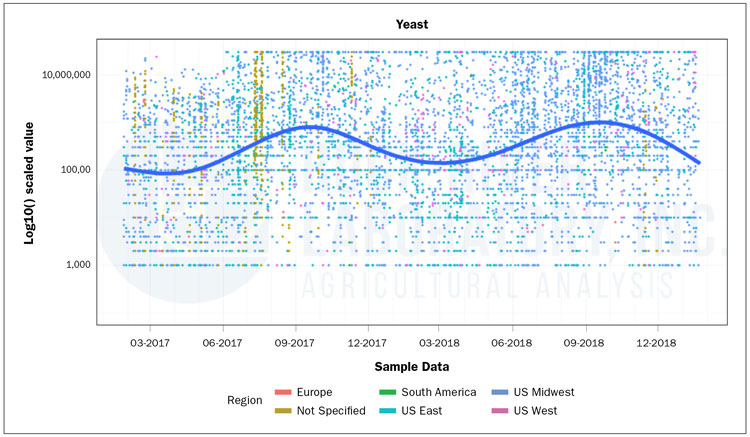
Mycotoxins are a buzzword again this winter, following what seems to be a cyclical trend that features a wet harvest every few years. With the buzzword back, there is a bit of a mycotoxin pandemonium out in the fields.
There are more requests coming across my desk for mycotoxin trends, observations, advice, and thoughts about the animal impact and mitigation options. I have also been reading more in social and news media about mycotoxins.
Yes, there are greater levels of mycotoxins present in many corn-based feeds this year (silages, grains, distillers, and so forth). Don’t get me wrong, we should be aware of mycotoxin presence and animal impact. Yet, from my vantage point, the issue may be getting overblown a bit.
More issues than mycotoxins
There are crop quality concerns beyond mycotoxins as I discussed in a prior Hoard’s Dairyman Intel contribution. In brief review, corn silage quality (a staple feed on many dairies) was challenged following a wet and delayed harvest timing. The silage crop was harvested at beyond ideal maturity and ear and stalk rots came in heavily for many dairy forage growers in the eastern half of the U.S.
As a result the most newsworthy 2018 crop quality factor, in my opinion, is a drier, wild yeast laden crop in many silos — and not mycotoxins.
At the moment, this sleeping microbial factor (wild yeast) is not the first topic on many dairy owners’ or nutritionists’ minds. Many other dairy business issues command attention, and the outside environment is currently acting like a refrigerator, keeping wild yeast from growing due to cold temperatures.
As temperatures warm, the substantially greater yeast loads in feeds (visible around the September 2018 mark in Figure 1) will likely wake up and kick-start feed deterioration if they are not controlled. Yeast initiates a feed deterioration cascade, jump-starting mold and negative bacterial growth in spoiling feed. Wild yeast is also thought to disrupt rumen metabolism, affecting intakes and performance.
As spring nears, if issues arise, my current advice is to take a diagnostic approach much like your doctor would with a patient. Comprehensively assess what TMR (total mixed ration) contaminants may be in front of your herd. Prioritize them and take a targeted approach. There is no one-size-fits-all solution.
Recognize that a binder is a unique class of feed additive and will not cure all ills. There are other classes of additives, such as live yeast or bacterial probiotics, which may be more effective if yeast is the primary target. There are also immune stimulating ingredients, which may boost health in stressed animals that are also exposed to contaminants.
If faced with feed hygiene issues, team up with your veterinarian and nutritionist to put a nutrition prescription together for your herd’s health.









